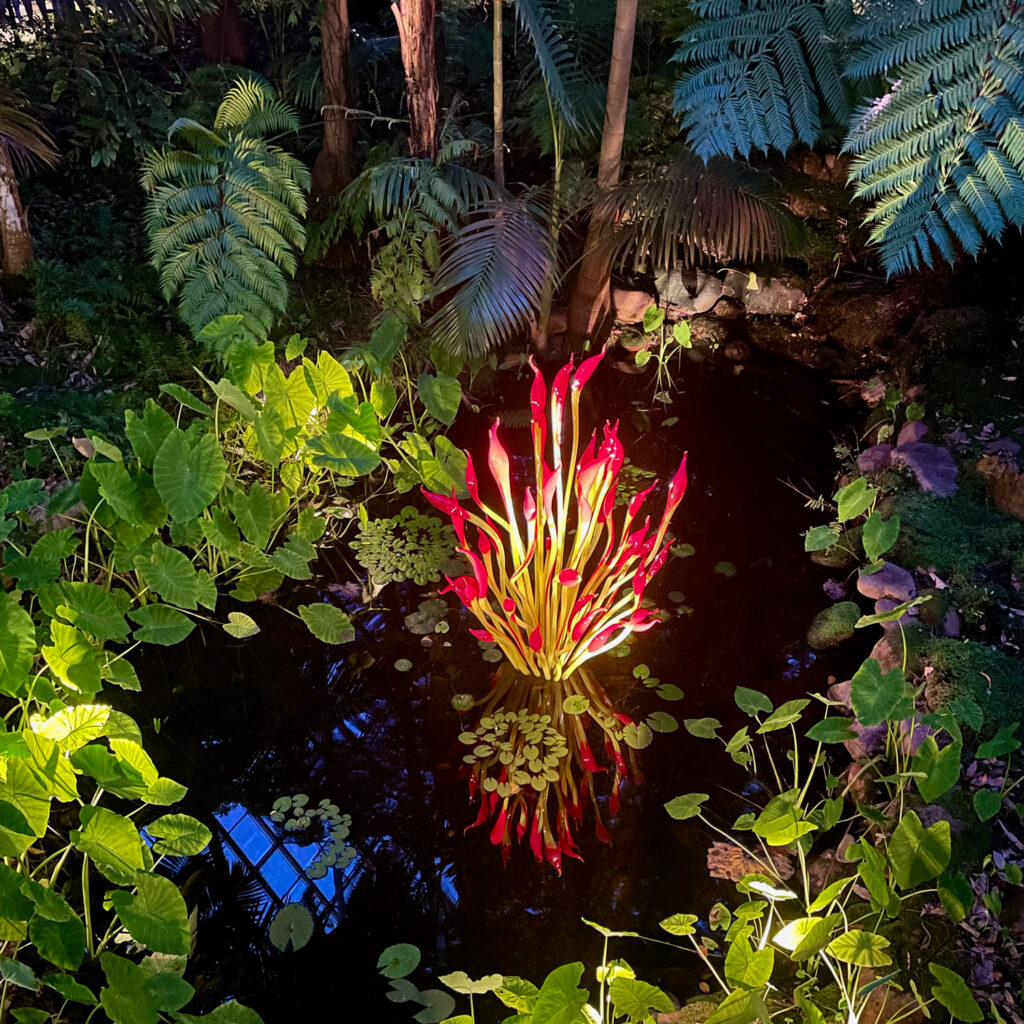Anatomy – Structure of the body or biological organism. This includes plants and animals. Multiple parts which usually work together to produce a particular function.
Physiology – Functions and processes in relation to the structure (anatomy) in this case the human body or living organism.
Another area to mention here is Pathology, which is the study of the nature of disease and its consequences.
Chemical – Atoms and molecules which are the basic building blocks of matter. Some atoms such as carbon, hydrogen, oxygen, calcium, nitrogen, and sulphur which are all essential to life. Some more commonly known are DNA which contains our genetic makeup and individuality. Another important element is glucose which circulates in the blood for energy.
Cellular – At this level molecules combine to form cells which are the simplest structural functional unit in the body. There are many kinds of cells in the body which make up the different systems of the body.
Tissue – These are a specialised group of cells which work together to perform specific functions. There are four basic types of tissue in the body, each has many divisions.
- Muscle tissue
- Connective tissue
- Epithelial tissue
- Nervous tissue
Organ – These are specific structures which are recognisable and made up of two or more types of tissue and perform specific functions.
Systems – Organ systems play a specific role within the body, there are 11 systems throughout the body which have specific functions. Systems can be made up of multiple organs which have a common function.

11 systems in the human body
- Integumentary System (Skin, Hair, Nails)
This system looks after our immunity and helps to protect the body from external invasion. It helps regulate temperature and eliminates some waste through sweat and oil secretions. Importantly it also makes vitamin D and detects sensations like touch, pain, heat and cold.
2. Skeletal System (Bones, Joints)
The function of the skeletal system is primarily to support and protect. It provides a solid surface area to attach muscle and aids body movement. It also produces blood cells and store minerals and fats.
3. Muscular System (Cardiac, Smooth, and Skeletal Muscles)
Smooth muscle (involuntary), skeletal muscle (voluntary), and cardiac muscle (involuntary and autorhythmic) and associated cartilage and tendons (connective tissue). This system produces body movement and stabilises body position, it can store and move substances within the body, generate heat and pump blood around the body.
4. Lymphatic System (Red Bone Marrow, Thymus, Lymphatic Vessels, Thoracic Duct, Spleen, Lymph Nodes)
This system maintains fluid balance in the tissues and transports dietary fats. It is also part of the immune system which responds to infection.
5. Respiratory System – (Nasal Cavity, Pharynx, Larynx, Trachea, Bronchus, Lung)
Internal and external breathing, supplying oxygen into the body and expels carbon dioxide. Regulates acid-based balances and is responsible for the production of sound.
6. Digestive System (Oral Cavity, Oesophagus, Liver, Stomach, Small Intestine, Large Intestine, Rectum, Anus)
Major parts of the gastrointestinal tract; mouth, pharynx, oesophagus, stomach, small and large intestine, and anus. Responsible for the breakdown of food and the elimination of solid waste.
7. Nervous System– (Brain, Spinal Cord, Nerves)
Generates nerve impulses (action potential) to regulate all body activities. The three major parts are the;
· ANS – Autonomic nervous system
· PNS – Peripheral nervous system
· CNS – Central nervous system
Part of the homeostatic control of the internal and external environment.
8. Endocrine System– (Pineal Gland, Pituitary Gland, Thyroid Gland, Thymus, Adrenal Gland, Pancreas, Ovary, Testis)
Main job is to regulate the body activities through hormone production. It’s also part of the homeostatic control. There is a correlation to the 7 main chakras.
9. Cardiovascular (Circulatory) System (Heart, Blood Vessels)
Responsible for the supply of oxygen and nutrients to all cells around the body. The removal of carbon dioxide and other waste products from all cells. Control of temperature and fluid balance.
10. Urinary System (Kidney, Ureter, Urinary Bladder, Urethra)
Produces, stores and eliminates waste product urine. Regulates the volume and chemical composition of the blood, regulation of acid-based balance and mineral balance. Also, the production and regulation of red blood cells.
11. Reproductive Systems
Regulation of reproduction and other carnal body activities through hormone production.

Our system connected to our chakras
Endocrine System – Pineal Gland, Pituitary Gland, Thyroid Gland, Thymus, Adrenal Gland, Pancreas, Ovary or Testis.
Chakras – Root, Sacral, Solar Plexus, Heart, Throat, Third Eye, Crown
There is a direct correlation between the endocrine system and the chakras not only in placement in the body but also in function.
1. Chakra – Root V Testis and Ovary
The first Chakra, the root is a where we ground ourselves to physical life. We find stability and security in our world. The body areas are that of reproduction and physical pleasure which go to ground us in the physical world. The areas and linked with protectivity surrounding family and friendships.
2. Chakra – Sacral V Reproductive Organs
The sacral is the second chakra, located below the navel and represents sexual energies. This is a similar area to the reproductive organs. This area is also where energy builds up from relationships, repressed feelings and emotions around creativity and passion.
3. Chakra – Solar Plexus V Pancreas
The 3rd chakra is the solar plexus and represents will power, personal responsibility and self-esteem. The pancreas is responsible for secreting substances for digestion which can be translated into understanding and processing. It also regulates insulin around the body. It’s an energy centre where power in generated and processed.
4. Chakra – Heart V Heart
The 4th chakra is the heart and it self-explanatory, the heart chakra is a vital part of the body’s immune system and relates to the healing properties of the heart. The heart is associated with the circulatory system and the Thymus Gland. It’s the centre of love, group consciousness and spirituality.
5. Chakra – Throat V Thyroid Gland
The throat is the 5th chakra and associated with the respiratory system and thyroid gland. It’s the centre for sound and communication. The chakra relates to self-expression and speaking. Talking openly and creativity.
6. Chakra – Third Eye V Pituitary Gland
The third eye is the 6th chakra and relates to second sight, psychic and mediumistic abilities. Higher intuition and clairvoyance. This chakra speaks of second sight and seeing the world from a different perspective. The pituitary gland is said to be a gateway for dreams and is directly linked to the brain and the body’s nervous system.
7. Chakra – Crown V Pineal Gland
The crown chakra is the 7th chakra and governs the top of the spinal cord, brain stem and central nervous system. The pineal gland, cerebrum and is a gateway to spiritual wisdom. It is thought of as the connection to the spirit world and your higher self.
The chakras are now pretty much redundant in the new body system but they are a good guideline for interpretation and understanding placement of feeling.
Written by Richard Stuttle

